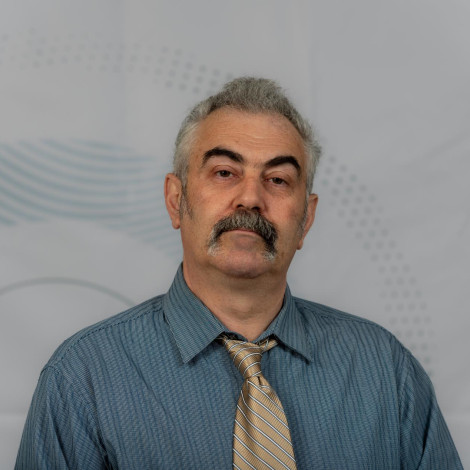
Prof. David Karasik
Genetic epidemiology of musculoskeletal diseases.
Genetics of Musculoskeletal Disease
CV
Prof. Karasik is a professor and head of the Musculoskeletal Genetics Lab.
Research
The primary objective of our research is to understand the biology behind the function and pathology of complex physiological systems and metabolic processes. Our research focuses on identifying genes involved in the genetic variation of complex traits, including bone mass, muscle (lean) mass, and fatty liver.
Osteoporotic fractures of the hip and spine are two significant and prevalent health problems. Loss of muscle is an essential step in the osteoporotic fracture pathway for two reasons. First, muscles transmit loads directly onto bones. Second, muscles contribute to stability and the risk of falling. The current therapies for the prevention and treatment of osteoporosis are universally “bone-centric,” ignoring the important contribution of muscle to maintaining skeletal strength. Our search for biological connections between the muscles and bones is aimed to inspire novel molecular strategies for the treatment and prevention of osteoporotic fractures and other devastating musculoskeletal diseases.
Another relevant avenue is the interaction of fat with both bone and muscle, and whether the same mechanisms govern fatty infiltration of the liver (hepatosteatosis). Non-alcoholic fatty liver disease (NAFLD) is considered to be a hepatic manifestation of metabolic syndrome, and in recent years has reached pandemic proportions. Therefore, we are extending our research to other complex human diseases using the same genomic strategies. For example, we are looking at a local population in the Galilee and performing DNA exome resequencing experiments in an affected group with metabolic syndrome.
The ultimate goal of genetic discovery is to define mechanisms that underlie an association. To be defined as a human genetic association, two requirements must be met. First, it must be reproducible (replicated in an independent human sample). Second, it must be validated in vitro or in vivo as statistically identified associations are considered hypothetical otherwise. Thus, we perform targeted functional experiments, using molecular biology techniques, once an allelic association for a gene has been identified and replicated.
We utilize the zebrafish (Danio rerio, ZF) as a valuable model for the human’s physiology and disease. The ZF is ideal for evaluating multiple organs simultaneously in vivo, as opposed to in vitro assays performed on cultured cells or tissue explants/organ slices. The genomic organization, the genetic pathways controlling signal transduction, and the developmental pattern are all conserved between ZF and mammals. This makes ZF a useful model to analyze disease pathogenesis. The ZF is highly amenable to both molecular analysis and genetic manipulation, which allows establishing high-throughput screening platforms. ZF is a well-established model for embryogenesis and development, which is an important field of our research for three main reasons: First, a functional deficit early in skeletogenesis is expected to increase fracture risk later in life. Second, extensive and intricate interactions with neighboring tissues, such as muscles and adipose, can be studied simultaneously. Third, ZF are amenable for studying complex interactions between genes and the environment on both the development/growth and adult function of musculoskeletal and adipose tissues.
Muscle, hepatic, adipose and bone phenotypes in animal models we are working with are characterized by sophisticated techniques. These include histological and fluorescent staining, as well as our recently added microCT device. Recent technological advances in musculoskeletal imaging allow us to measure similar phenotypes both in humans (HR-pQCT) and animal models (microCT).
Our continuous efforts are dedicated to translational research that is aimed to fill the communication gap between research scientists and physicians. We hope to support the development of novel treatments and prevention strategies. Knowledge of pleiotropic relationships and cross-talk between muscles, bones, and fat, has a clinical value in advanced diagnostic measures of future risk of fracture, disability and frailty. We work on incorporating genetic risk scores and interactions of gene-by-environment (such as nutrition and physical activity) into the clinical trials of interventions for osteoporosis, sarcopenia, and metabolic syndrome.
Last Updated Date : 31/03/2024



